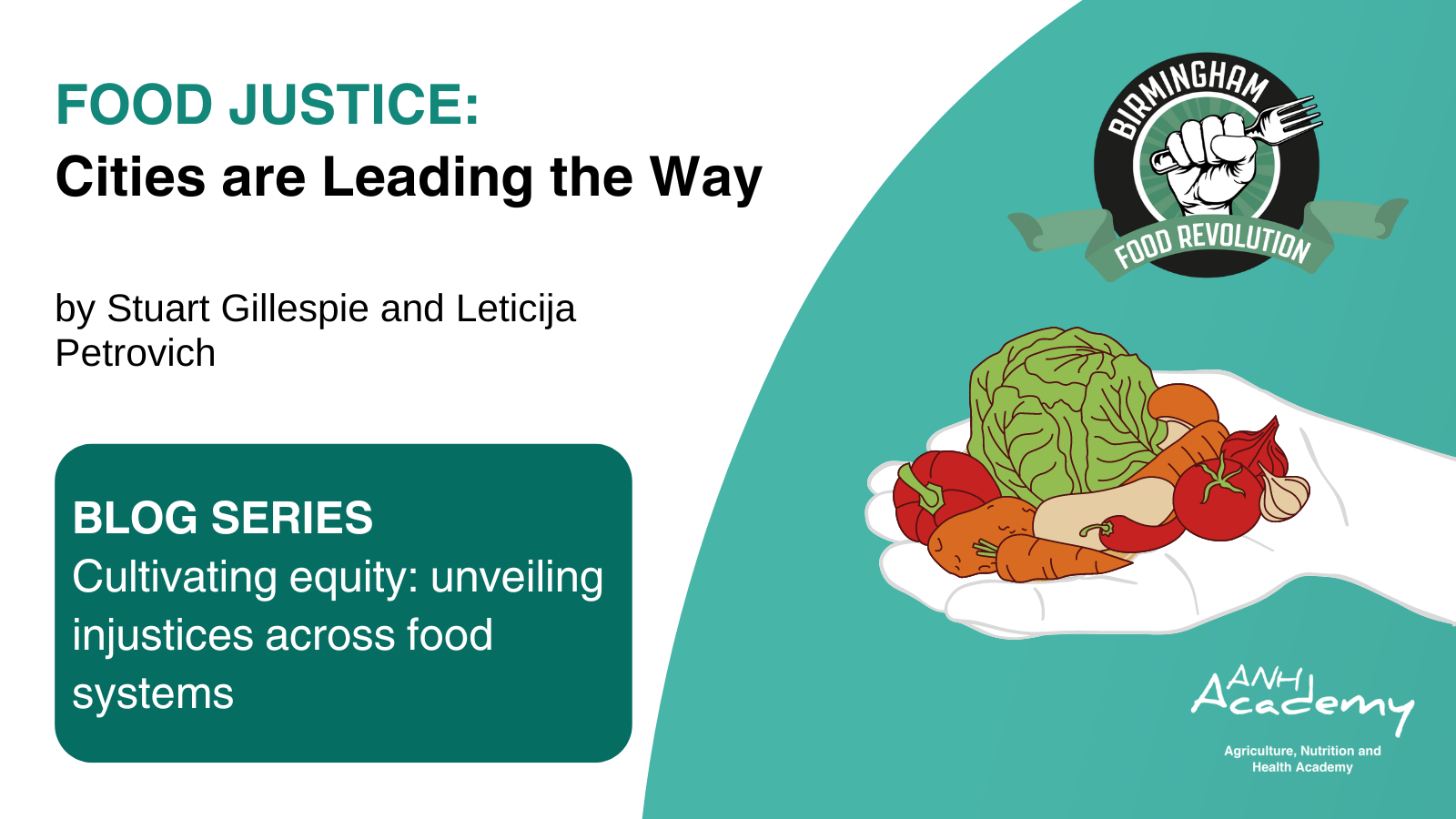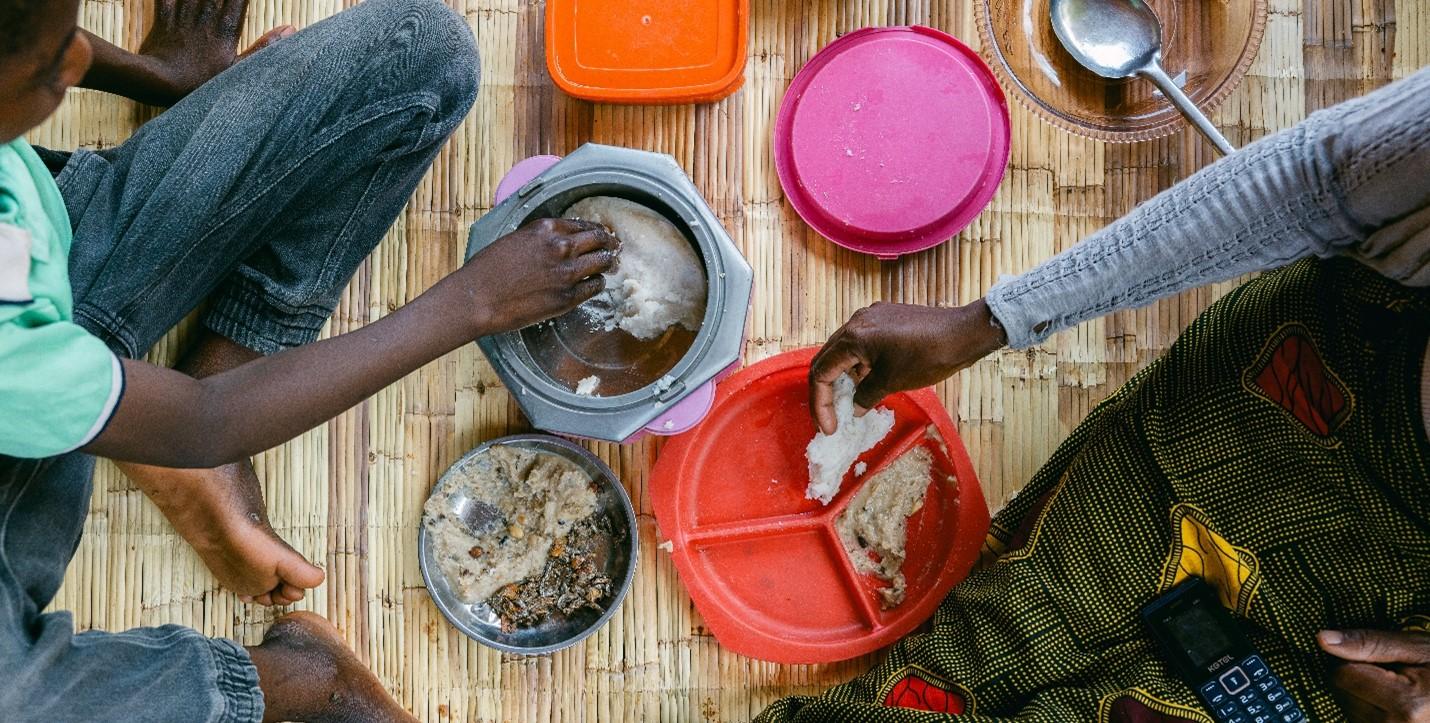
Dr Aissatou Ouedraogo, IMMANA Fellow, Tufts University
It is fair to say that the more people you interact with within your community, the more likely you are to learn or spread new knowledge. Because of this close link between social networks and knowledge diffusion, the success of many social programs is predicated on knowledge diffusion strategies that build on existing social networks of the targeted population. This is the case regarding social network and agricultural technology adoption and better nutrition and health practices, among others. As a result, social networks have been used as a targeting tool in many development program interventions.
However, there is no clear evidence of what type of social network characteristics can help diffuse knowledge, especially when it comes to early childhood feeding practices and health knowledge. My research undertaken as part of my IMMANA Fellowship aims to bring some insights to this question by examining the effects of social networks on the impact of an intervention that integrated agriculture, nutrition, and health in Burkina Faso.
Early childhood nutrition and social networks in Burkina Faso
Burkina Faso suffers from a very high prevalence of malnutrition among the young. A nationally representative census in the eastern region indicates that the prevalence of stunting and wasting among children aged 12-23 months are up to 25% and 26%, respectively. These figures would be more striking among small scale farmers, whose main livelihood depends on rain-fed crop cultivation, especially, during the ‘hungry season’.
The country is mostly rural, with low communication infrastructure, so that social networks have the potential to play a significant role in knowledge diffusion.
Investigating the link between social networks and knowledge diffusion – my IMMANA Fellowship
My IMMANA Fellowship is based on an earlier intervention implemented through the promotion of Enhanced Homestead Food Production (E-HFP) and behavior change communications (BCC) strategies in 2010. The purpose of the BCC activities was to equip mothers and caregivers of young children of 3-12 months with nutrition and health knowledge. The specific nutrition-related knowledge focused on best practices in early childhood breastfeeding and knowledge of foods that are rich in vitamin A. As for health knowledge, it encompassed hygiene and sanitation practices related to when hand washing is required and practices to reduce worms infection among young children.
The implementation strategy consisted of using two groups of volunteers: old women leaders and health committee members. Clearly, the two groups are different not only in terms of their demographics but also in nutrition and health related knowledge. These differences stimulated my interest in examining if the knowledge gain among the targeted population will be different depending on which volunteer group was assigned to them.
A prior study has shown that the intervention h as raised levels of health and nutritional knowledge among the treatment groups. Given that strategies to diffuse health and nutrition knowledge through BCC and social networks has been mixed in terms of effects on children’s outcomes, the aim of my IMMANA Fellowship is to build on this prior study by investigating the differential impact of social network structures on the impact of the program.
as raised levels of health and nutritional knowledge among the treatment groups. Given that strategies to diffuse health and nutrition knowledge through BCC and social networks has been mixed in terms of effects on children’s outcomes, the aim of my IMMANA Fellowship is to build on this prior study by investigating the differential impact of social network structures on the impact of the program.
We used data from household surveys, carried out before and after the intervention, combined with a complete census of social networks. Three types of networks were considered (1) agricultural, (2) health, and (3) relatives and family networks. We then used these links to generate two social network characteristics: degree (i.e. number of connections that a household has within its community) and betweenness (i.e. the influence of the household within its community).
The treatment was randomly assigned to households. Therefore, to capture the effects of social networks, we applied difference-in-difference estimation (i.e. compare changes across treatment and control groups before and after the intervention), where we interact treatment status with social network characteristics.
Do network size and quality matter?
Three findings stood out from the study. The first is that elderly women leaders were as effective as health committee members in conveying educational instructions to the targeted population on best practices in breastfeeding. Specifically, we find that knowledge score among the Old Women Leaders and Health Committee treatment groups increased by 79% and 61%, respectively. This suggests that BCC strategies that use community-based elderly women, who are readily accessible, may be an efficient and cost-effective alternative to bringing in external health committees, for programs that aim at promoting best practices in breastfeeding.
The second finding was that network size did not have significant effect on knowledge gain among the treatment group. To be specific, treatment group households who have lots of connections with other households within their community were not more likely to experience an increase in nutrition and health related knowledge.
The effect of connectivity becomes very strong when we consider network knowledge. We define network knowledge as a network that is more knowledgeable than the household itself. We find that connectedness to a knowledgeable network prior to the program implementation significantly increases nutrition knowledge and hygiene and sanitation knowledge by up to 68% and 34%, respectively.
Our results suggest that social network studies that fail to consider network quality may underestimate the role of social networks in knowledge diffusion.
The third lesson that stood out from our work was the most surprising. We found that households that have more influence within their community were affected by the nutrition and health knowledge diffusion interventions in the same way as those with low influence. This has important policy implications when we think that most social programs that aim to induce knowledge diffusion target the most influential individuals within their community. Had our study targeted the most influential households, the latter wouldn’t have been able to diffuse the correct information. This finding doesn’t imply that we should move away from diffusion strategies that target the most influential people within a community. It suggests that targeting based on influence should be complemented with tools that allow to ensure cognitive abilities. Future research is needed to understand which specific tools are the most appropriate to capture such cognitive abilities to ensure proper absorption and diffusion of nutrition and health knowledge.
This blog is contributed by Dr Aissatou Ouedraogo, who has been awarded an IMMANA Fellowship for a study on ‘Social networks, nutrition knowledge, and child health outcomes in Burkina Faso’
Photos: Community members learning about breastfeeding and handwashing practices, credits: Helen Keller International






